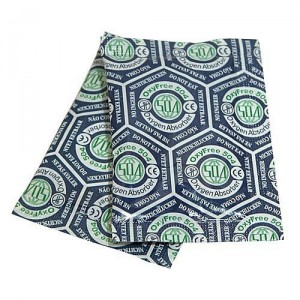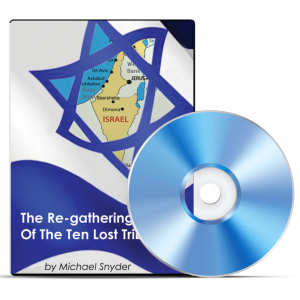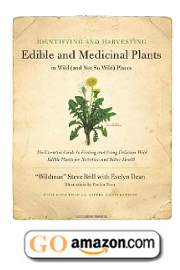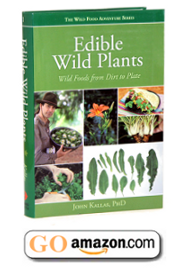 When it comes to survival, oxygen is essential. Without oxygen, it really doesn’t matter how much food and water we’ve got in our emergency food storage. But when it comes to preserving the shelf life of long-term food storage, oxygen is your worst enemy—in fact it’s considered a contaminant. An airtight, oxygen-free environment is essential for preventing oxidation, insect infestation, and the infiltration of bacteria, mold and other microorganisms that can destroy food storage over time. Here’s a look at 4 ways to prolong shelf life by removing oxygen from your short and long-term food storage.
When it comes to survival, oxygen is essential. Without oxygen, it really doesn’t matter how much food and water we’ve got in our emergency food storage. But when it comes to preserving the shelf life of long-term food storage, oxygen is your worst enemy—in fact it’s considered a contaminant. An airtight, oxygen-free environment is essential for preventing oxidation, insect infestation, and the infiltration of bacteria, mold and other microorganisms that can destroy food storage over time. Here’s a look at 4 ways to prolong shelf life by removing oxygen from your short and long-term food storage.
- Use Foil Pouches: Commercially available pouches made from multiple layers of food-grade plastic and aluminum are effective at combatting the effects of oxygen, as they allow the transfer of minuscule amounts of oxygen over time. The only downside is that these pouches are not rodent proof, so you’ll need to store them in pest proof containers. To ensure freshness, only foods that are low in oils and have moisture contents of 10% or less should be stored in foil pouches.
- Use Dry Ice: When storing grains and legumes in plastic buckets, you can reduce the oxygen content by using dry ice. Dry ice is frozen carbon dioxide (CO2), which weighs more than oxygen and displaces it in a container. Prepare the dry ice (use 1 ounce per gallon) by wiping it free of ice crystals. Then wrap it in a paper towel and place it in the bottom of the container. Pour in the grains or beans and be sure to leave one inch of clearance at the top of the container. Then snap the lid on only halfway. As the dry ice changes from a solid to a gas it will force the lighter air out of the top of the container. This process normally takes about 30 minutes. Seal the lid and watch for signs of bulging. Burp the lid if need be and seal it again. Properly done, the lid should become slightly concave, a sign that the carbon dioxide has displaced the oxygen and created a partial vacuum.
- Use a Vacuum Food Sealer: Vacuum sealing is a very effective way to reduce or remove oxygen and prolong the shelf life of certain foods. Only dehydrated foods, and foods naturally low in moisture, such as nuts or crackers should be used to prevent bacterial growth, which may still occur in an oxygen free environment. You can also vacuum package foods that will be stored in the freezer. But these foods should be properly thawed out—in the refrigerator is best—to reduce the risk of bacterial growth. Mylar plastic bags are the best option for vacuum sealing foods, as they allow all oxygen to be removed before sealing.
- Use Oxygen Absorbers: More effective than vacuum packaging at removing oxygen from stored foods, oxygen absorbers are a safe, inexpensive, and convenient solution for prolonging the shelf life of stored foods. These small packets contain powdered iron and are constructed to permit oxygen and moisture to enter while making sure the iron powder does not leak out. Basically, the iron rusts and in the process absorbs oxygen. An added benefit of oxygen absorbers is that as they remove oxygen, the air in the container becomes more nitrogen rich, and nitrogen prevents the growth of insects. Here again, only those foods that are low in oil content and contain 10% moisture or less should be stored in containers utilizing oxygen absorbers—as a moist, oxygen free environment could result in botulism poisoning. Containers such as #10 cans, foil pouches, glass canning jars with metal lids and gaskets all work well when used with oxygen absorbers, as they provide strong barriers against moisture and oxygen. In addition, certain plastic or PETE bottles with airtight screw-on lids work well in conjunction with oxygen absorbers as canisters to better maintain the freshness of stored dry foods.
ABOUT THE AUTHOR: Lee Flynn is a freelance writer and expert in outdoor survival and freeze dried food.










